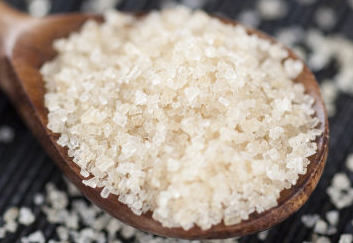Cream has a delicate texture and a sweet taste, widely used in baking, beverages, and cooking, and is deeply loved by consumers. To help consumers scientifically understand and consume cream, the following consumption tips are provided.
Definition and types of cream
According to current standards, cream refers to a type of product made from dairy fat and/or vegetable oils as raw materials, with or without the addition of other raw materials, food additives, and nutritional fortifiers, and processed into a product with fat characteristics. According to different sources of raw materials, butter can be divided into cream, vegetable fat cream, and mixed fat cream.
Milk fat cream, also known as animal cream, is extracted from raw milk and has a rich and creamy taste. It mainly includes three types: cream, with a fat content of 10.0% -80.0%, usually used in baking and making beverages, such as stirring to form cake toppings or beverage foam; Cream (also known as butter), with a fat content of 80.0% or more, is suitable for pairing and spreading, and can also be used in cooking, baking, or pastry to enhance the taste and flavor of the finished product; Anhydrous butter (also known as anhydrous butter), with a fat content of over 99.8%, is mainly used in food processing as a raw material for milk fat.
Plant fat cream is a product made from vegetable oils and products with the characteristics of creamy cream. Blended cream is a product made from vegetable oils and products, as well as raw materials containing milk fat, which has the characteristics of milk fat cream. Plant fat cream and mixed fat cream have a relatively sweeter and more greasy taste, with better whiskiness and shape retention.
Reasonable selection and storage
Look at the labels. Carefully read the label information to understand the type of cream product, fat content, main ingredients, flavor, allergenic substances, storage and use conditions, production date and shelf life, etc., and choose the product that suits your needs.
Look at the texture. Observing the color and texture of the cream, the color should present a uniform milky white and milky yellow color, and the texture should be even and delicate.
Cleverly stored. After purchase, it should be stored promptly according to the label requirements and consumed within the shelf life. If the opened cream is not consumed at once, it can be sealed, refrigerated, and consumed as soon as possible. If there is mold or abnormal color or odor on the surface, do not consume it again. Due to the possibility of fat oxidation during the freezing process, repeated melting of butter can affect its quality. If frozen storage is necessary, it should be divided into small portions first, and only the necessary part should be thawed each time to avoid long-term freezing.
Scientific edible cream
Cream has a high fat content, such as butter and anhydrous cream, which have a fat content equivalent to vegetable oil. When consuming cream, it is advisable to reduce the intake of cooking oil appropriately, and the total daily intake of oil per person should not exceed 25-30 grams. At the same time, attention should also be paid to dietary balance, which can be consumed in combination with fruits, tea, and other foods. In addition, butter contains a certain amount of saturated fatty acids, which should be eaten with caution by special populations such as hyperlipidemia and diabetes.



